The Role of HR: The Gap Between Standards and Reality
In any organization, the Human Resources (HR) department is often considered the “heart” that connects people with business goals. However, in practice, the role of HR is often quite different from the ideal standard that both employees and leadership expect.
1. Multi-Dimensional View: What HR Should Be
- From HR professionals themselves: HR aspires to be system builders, talent developers, and a bridge between employees and leadership.
- From employees: HR should support employee welfare, rights, and career growth.
- From leadership: HR ought to act as a strategic partner, optimizing workforce performance and preserving culture.
- From partners and candidates: HR represents professionalism, employer branding, and organizational reputation.
These ideals represent what every HR function should strive for.
2. Current Reality: A Gap Widely Noticed
A growing body of research confirms this gap:
- Only 50% of CEOs and 52% of HR teams view HR as a strategic partner. In contrast, only 23% of finance leaders and 35% of IT leaders agree.
- Companies with HR recognized as strategic achieve 34% better business outcomes—including profitability, innovation, and market share over five years.
- Firms that have integrated AI into HR processes report an average 8% improvement in HR, talent, and business outcomes.
- A staggering 66% of HR leaders believe their talent strategies do not align with business objectives, and only 18% feel HR is deeply integrated with company strategy.
3. Why It Matters: Real Gains from Strategic HR
Perception matters—and strategic HR delivers:
- Organizations whose HR is deemed strategic see a 10% boost in outcomes like talent retention, workforce quality, and data-driven decision-making. In contrast, those “on their way” only saw 2% improvement.
- For employee engagement, productivity, alignment with business strategy, and cost-efficiency, strategic HR functions achieved 13% higher outcomes, compared to just 4% for near-strategic ones.
- Business results such as market share, profitability, competitive advantage, and customer satisfaction rose by 10% under strategic HR, versus only 1% for non-strategic
- When aligned with business goals, organizations are 119% more likely to experience stronger financial results.
- Strong people-analytics cultures saw 65% of respondents ranking business performance as strong—compared to only 32% in weak analytics environments—a 33-point advantage
4. The Disconnect & Why It Persists
Despite HR’s potential, barriers remain:
- Executive perception gaps: HR is often seen more as administrative than strategic.
- Limited integration: Only 18% of HR functions are fully integrated with business strategy.
- Technology gap: AI-powered tools result in 8% gains, yet many firms underutilize them.
- Internal misalignment: Two-thirds of HR leaders say their efforts don’t support overall business objectives.
5. What HR Professionals Should Do to Close the Gap
For employees:
Be a genuine listener and advocate. Provide fair, empathetic support while guiding career progression.
For leadership:
Proactively bring insights—workforce data, talent forecasts, predictive analytics—to the table. Show ROI in terms of cost savings, retention, productivity, and business results.
For partners & candidates:
Ensure every interaction—from recruitment to collaboration—is professional and reflects strong employer branding.
For themselves:
Upskill with data analytics, change management, people strategy, and technology integration (e.g., AI, HR analytics).
Backed by Data:
HR functions recognized as strategic generate 34% stronger business outcomes.
People-analytics – driven cultures correlate with 33 percentage points higher business performance.
Aligned HR strategies drive 119% better financial results

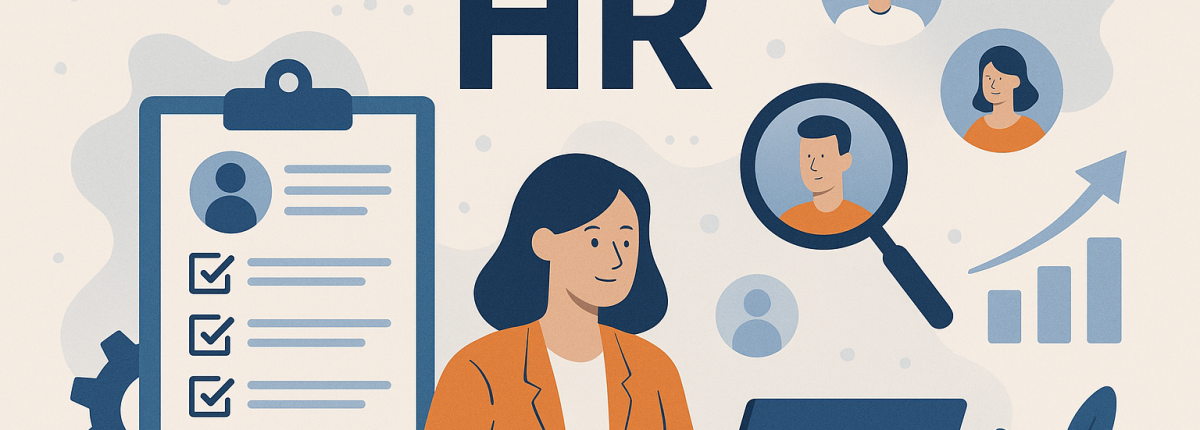

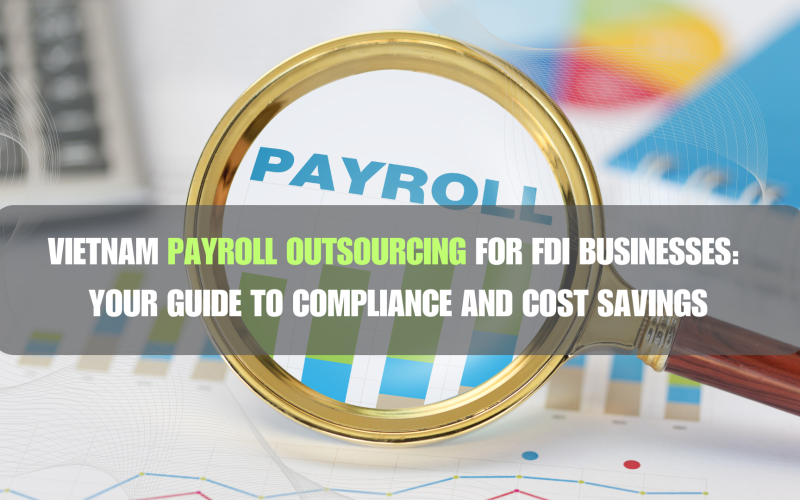
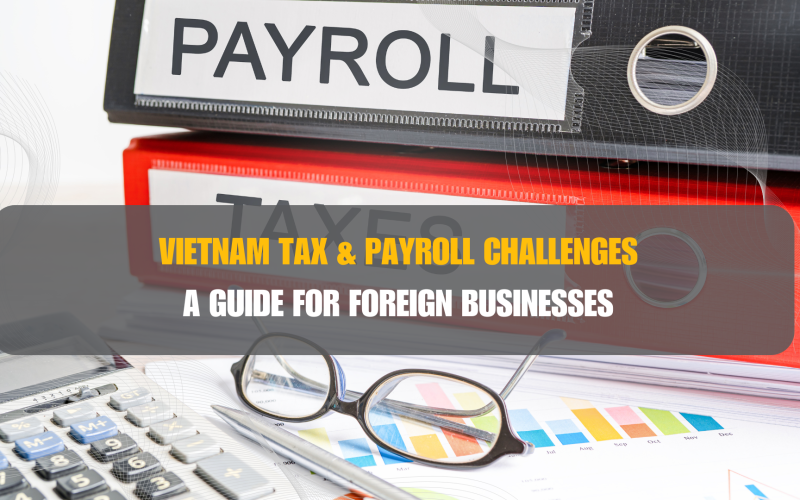
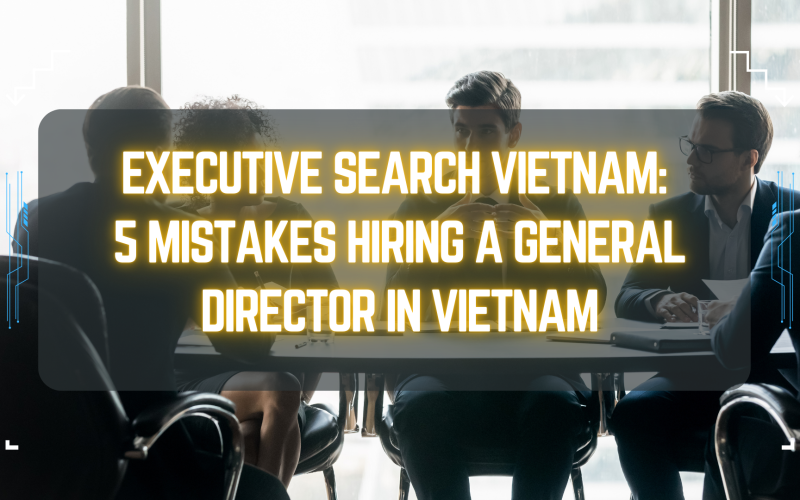


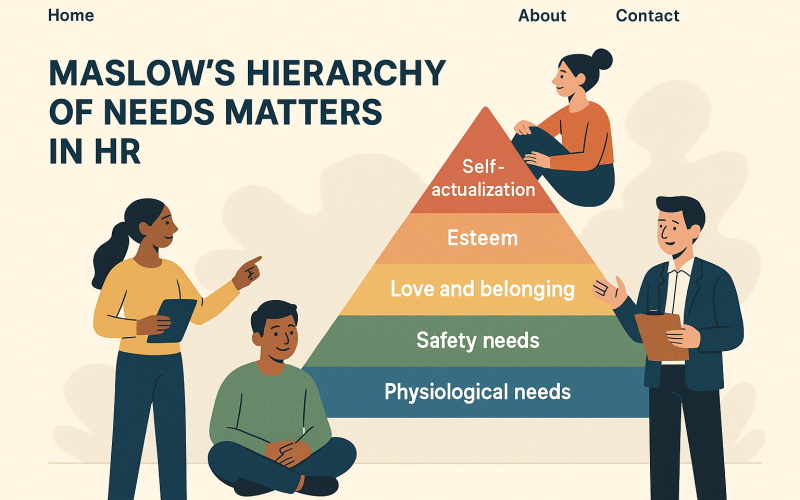
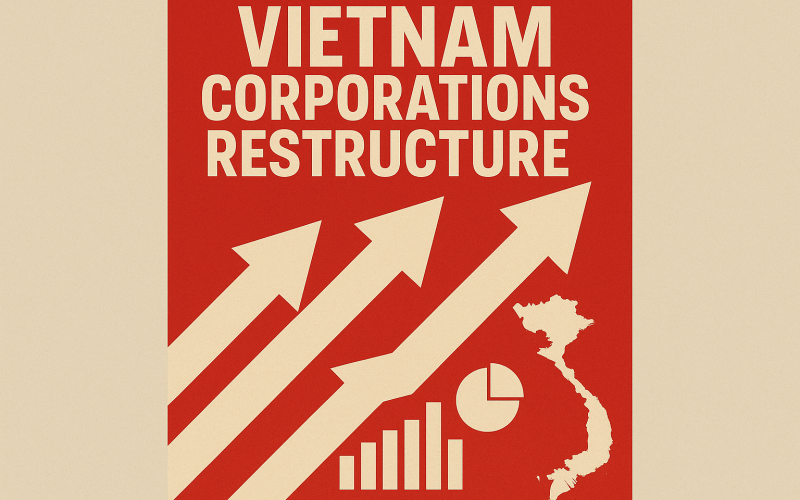
-cr-800x500.png)


